What is NFT?


|
NFT in a Nutshell NFT stands for Non-Fungible Token. Put simply, it is a record of ownership contained within a unique piece of digital content, similar to the way a land deed determines who owns a piece of property. NFT "content" includes contract conditions, data, and procedural information such as ownership and transaction records, all of which is stored as an individual block of digital information. In turn, this block attaches itself to a much larger chain of blocks to become a unique and identifiable part of a massive digital ledger. This ledger is referred to as blockchain technology. Protected by cryptography, blockchain technology securely stores and updates the ledger simultaneously over a massive network of computers, creating a permanent record that cannot be edited, deleted or otherwise deceived or manipulated. Blockchain first came to prominence with Bitcoin, the cryptocurrency designed to give a secure and open way to deal with money in the wake of the great financial crash of 2008. For all its highs and lows, Bitcoin has served as a large-scale proof of concept for blockchain technology, and within a few years of its operation, a second generation of blockchain emerged. In 2015, Ethereum, a new generation of blockchain, was able to insert information and software programs when creating a block. Information-rich blocks allowed more data, digital "smart" contracts, and even executable programs to benefit from the security and immutability that characterises the blockchain. Smart contracts are pieces of logic expressed in code as contractual terms, that often involve money transactions. Ethereum is a self-contained application running on the same blockchain protocols that enable cryptocurrency, but it is much more comprehensive in what it can do, and who can derive benefit from it, and it serves as the base technology for NFT. In theory, any piece of digital content can be minted into an NFT, from songs, photographs and works of digital art to tweets, memes, published articles and podcasts. When someone "mints" an NFT, they are creating a file, called a "token" that records the contents of the NFT and what automated processes it is capable of doing. The tokens not only store information of ownership and the online address of the asset, but can also hold information about what exactly the NFT is, and the conditions under which it can be bought and sold. An NFT can either be an entirely digital asset, or a tokenised versions of real-world assets, and being indicators of uniqueness they may also function as proof of authenticity and ownership. Why is it important? One problem with creating digital content with current internet technology is that the content creator rarely maintains control of their work, and if it is possessed by anyone it is generally by large corporations controlling social media and other content aggregators. Consequently, the value derived from creativity and accumulating personal data flows towards the central organisations that generate ad revenue and other income streams for large companies. NFT holds the promise of decentralising control of information and exchange. If accurate, this will allow creatives to financially benefit from their creative works, and continue to profit from its consumption and entry into the open market. Just as Bitcoin was soon copied and spawned literally thousands of digital currencies, the second generation of blockchain has gone beyond Ethereum to encompass thousands of imitators opening up ever more fields of transactions and verification migrating onto the blockchain. These include decentralised applications in finance, social networks, insurance, identity and much more, and many of these are running on improved technology such as Solana and Cardano. Having said that, there are still many problems with this developing technology. Serious challenges, such as the energy consumed to maintain the network, slow processing speeds for database maintenance, the limited nature of applications currently available, and a milieu of legal issues are all yet to be solved as blockchain enters into its third generation. The "blockchain" means many things to different people. For developers, it is a distributed encrypted database. For those in business and finance, it is a distributed accounts ledger that is behind the explosion in digital currencies. For technologists, it is the driving force behind the next generation of the internet. For others, it is a tool radically reshaping society and the economy taking us into a more decentralised world. Whichever way you view blockchain, it is undeniable that the implications of this technology are truly profound. Especially for designers, as it could be the most important new work opportunity to appear in recent decades. This is all happening at the same time as other milestone technology innovations, such as Artificial Intelligence, Big Data, and the Internet of Things, are coalescing. It will be an age of Ubiquitous Internet where our daily lives are increasingly spent online, and blockchain and NFT will be critical to building the technological and institutional capacity to create this next version of the internet, Web 3.0, a greatly enhanced digital environment in the twenty-first century. |
Others
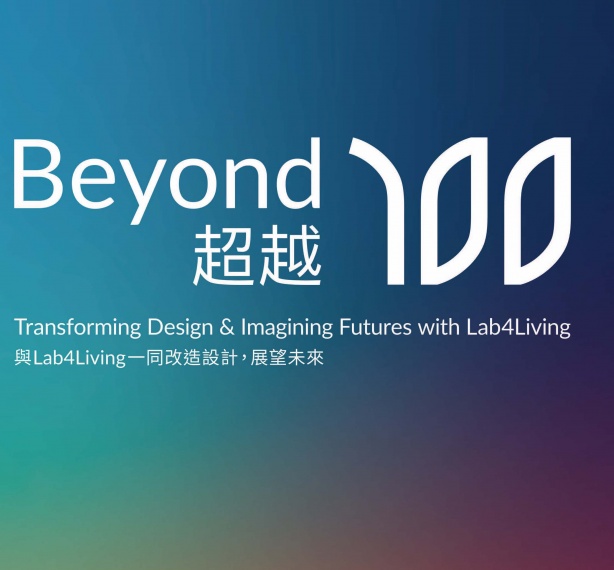
Latest News | 30 March 2022
Beyond 100: Transforming design & imagining futures with Lab4Living

Latest News | 30 March 2022
The Parametricism Era Interview with Patrik Schumacher, Principal of Zaha Hadid Artcihtects

Latest News | 30 March 2022
Purpose- Oriented Design Interview with Dr. Peter Zec, Founder and CEO of Red Dot

Latest News | 30 March 2022
ARTS TECHNOLOGY: The Future of Film-making
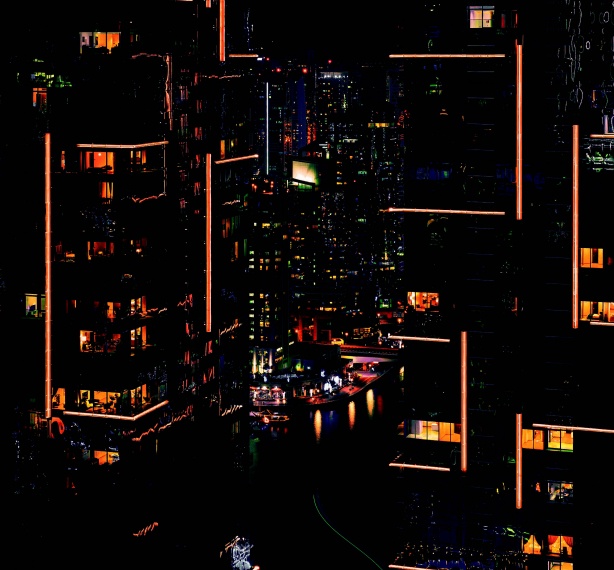
Latest News | 30 March 2022
Designing for a Non-Fungible World

Latest News | 30 March 2022
HKDI NFT Forum and Design Sprint 2021
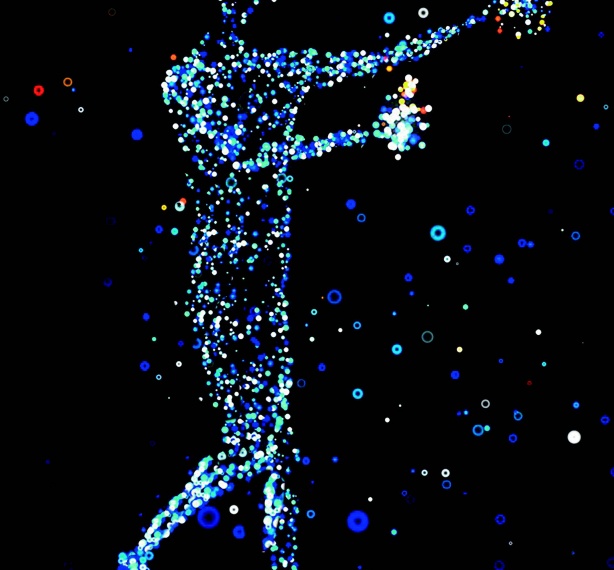
Latest News | 30 March 2022
The Metaverse
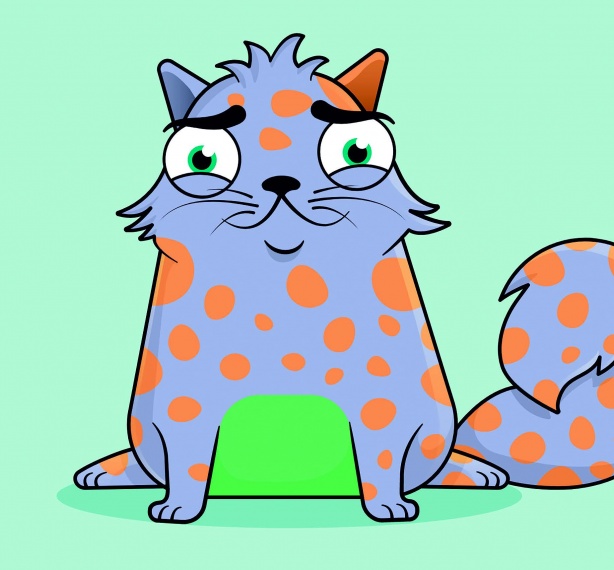
Latest News | 30 March 2022
NFT Gaming

Latest News | 30 March 2022
Alternative NFTs

Latest News | 30 March 2022
NFT in the Marketplace
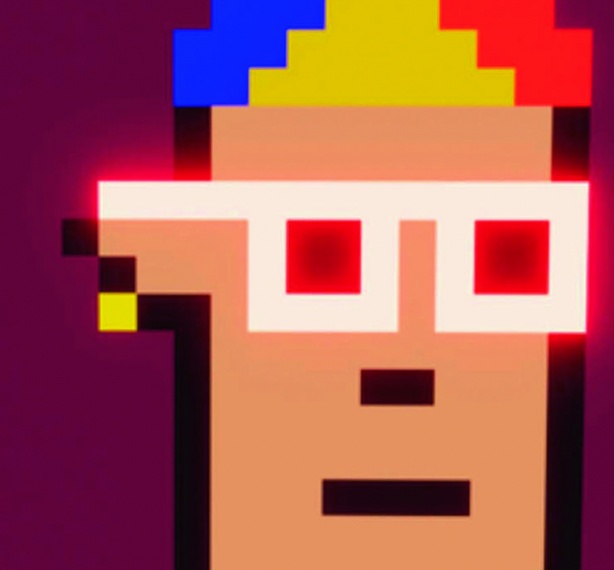
Latest News | 30 March 2022
Crypto Collectibles

Latest News | 30 March 2022
NFT ART

Latest News | 30 March 2022
What can NFT do now?
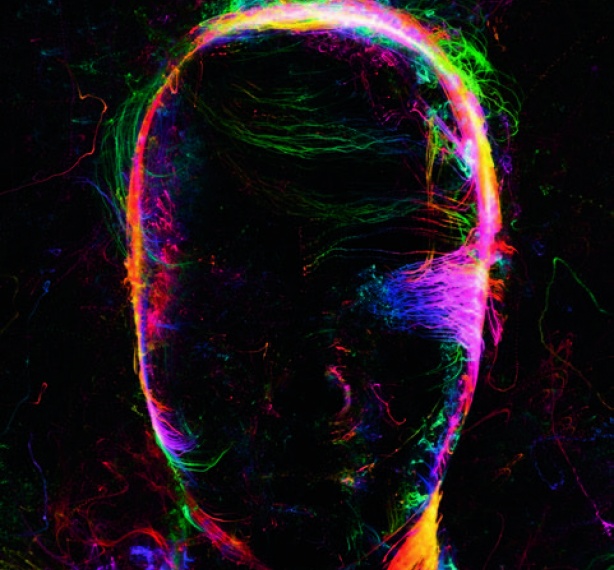
Latest News | 30 March 2022
Rethinking the Everyday: Fungible NON Fungible

Latest News | 30 March 2022
A View On Young Designers' Inspirations

Latest News | 30 March 2022
A View On Young Designers' Inspirations

Latest News | 30 March 2022
A View On Young Designers' Inspirations

Latest News | 30 March 2022
Opening of HKDI Centre for Communication Design
